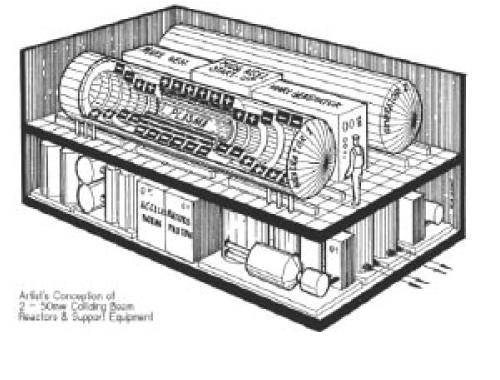2007 saw a lot of medical advances and developments
2007 saw two advances which could be very significant in conquering cancer and when combined could nearly eliminate cancer. They are far more effective inexpensive detection of cancer with a lab on a chip and the transfer of 50 times higher immunity from some people with high cancer resistance to other people.

A new lab on a chip — slightly more than 1.5 square inches in area — detected circulating cancer cells in 115 of 116 blood samples from patients with metastatic cancer for a sensitivity of 99.1%, according to Daniel Haber, M.D., director of the Massachusetts General Hospital Cancer Center, and colleagues. The ability to monitor changes in the levels of circulating tumor cells might also reshape physicians’ view of cancer. For example, a preliminary study of patients with prostate cancer showed that a subset of people diagnosed as having localized cancer actually had circulating tumor cells. “It may be that cancer needs to be defined more molecularly than morphologically
Liver scarring can be stopped and reversed in mice


50% efficient microwave lightbulbs
Nuclear Fusion had a lot of interesting developments
A linear transformer driver allows the Z-pinch fusion device to be fied every 10 seconds. It has been reliably used 11,000 times. The Z-pinch with LTD can return 22-23% of the power put into it.

Tri-alpha energy was funded with $40 million to develop colliding beam aneutronic nuclear fusion
Robert Bussard Inertial Electrostatic fusion system was funded to develop a prototype in 2008
Using a special hollow-core photonic crystal fibre, a team at the University of Bath, UK, has opened the door to what could prove to be a new sub-branch of photonics, the science of light guidance and trapping. They are able to manipulate light 1 million times more efficiently than before. Short pulse lasers are a very interesting and emerging tool for science and technology They can destroy viruses and bacteria. They can vaporize matter without heat and be used for precise micromachining.
100 kilowatt solid state lasers are being assembled
Dwave systems 16 and 28 qubit quantum computer demonstrations
UK chemists have used cuttlefish bones to template the growth of new superconductors that have almost 100 times higher current density. The weight of 1 cm**3 of superconducting cuttlebone replica is 0.06 g, compared to 6.38 g in the case of an equivalent sized monolith of pure Y123. With an overall decrease in mass of two orders in magnitude, these materials could well find application in areas where weight is of critical importance, such as space-based and mobile device technologies. The critical current density of the cuttlebone templated Y123 was measured at 1.6 MAcm−2 at 10 K and 1 T field.

Brian Wang is a Futurist Thought Leader and a popular Science blogger with 1 million readers per month. His blog Nextbigfuture.com is ranked #1 Science News Blog. It covers many disruptive technology and trends including Space, Robotics, Artificial Intelligence, Medicine, Anti-aging Biotechnology, and Nanotechnology.
Known for identifying cutting edge technologies, he is currently a Co-Founder of a startup and fundraiser for high potential early-stage companies. He is the Head of Research for Allocations for deep technology investments and an Angel Investor at Space Angels.
A frequent speaker at corporations, he has been a TEDx speaker, a Singularity University speaker and guest at numerous interviews for radio and podcasts. He is open to public speaking and advising engagements.



Comments are closed.